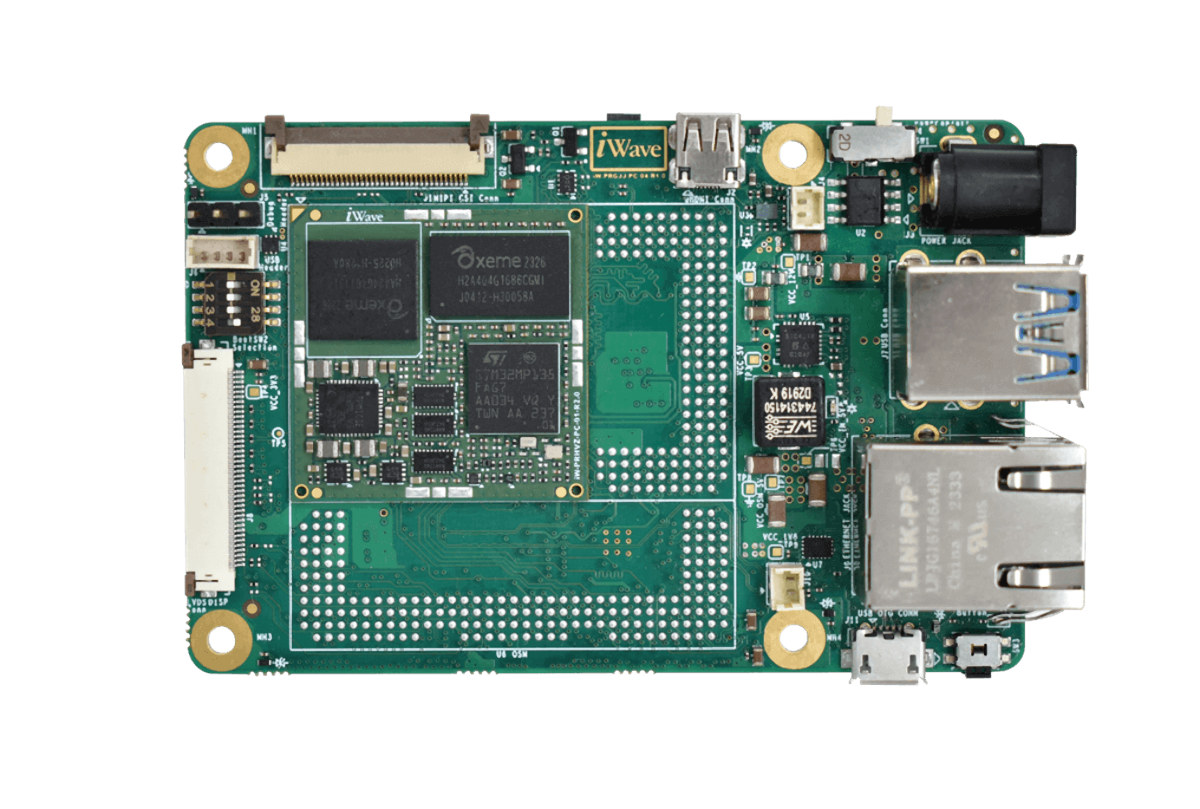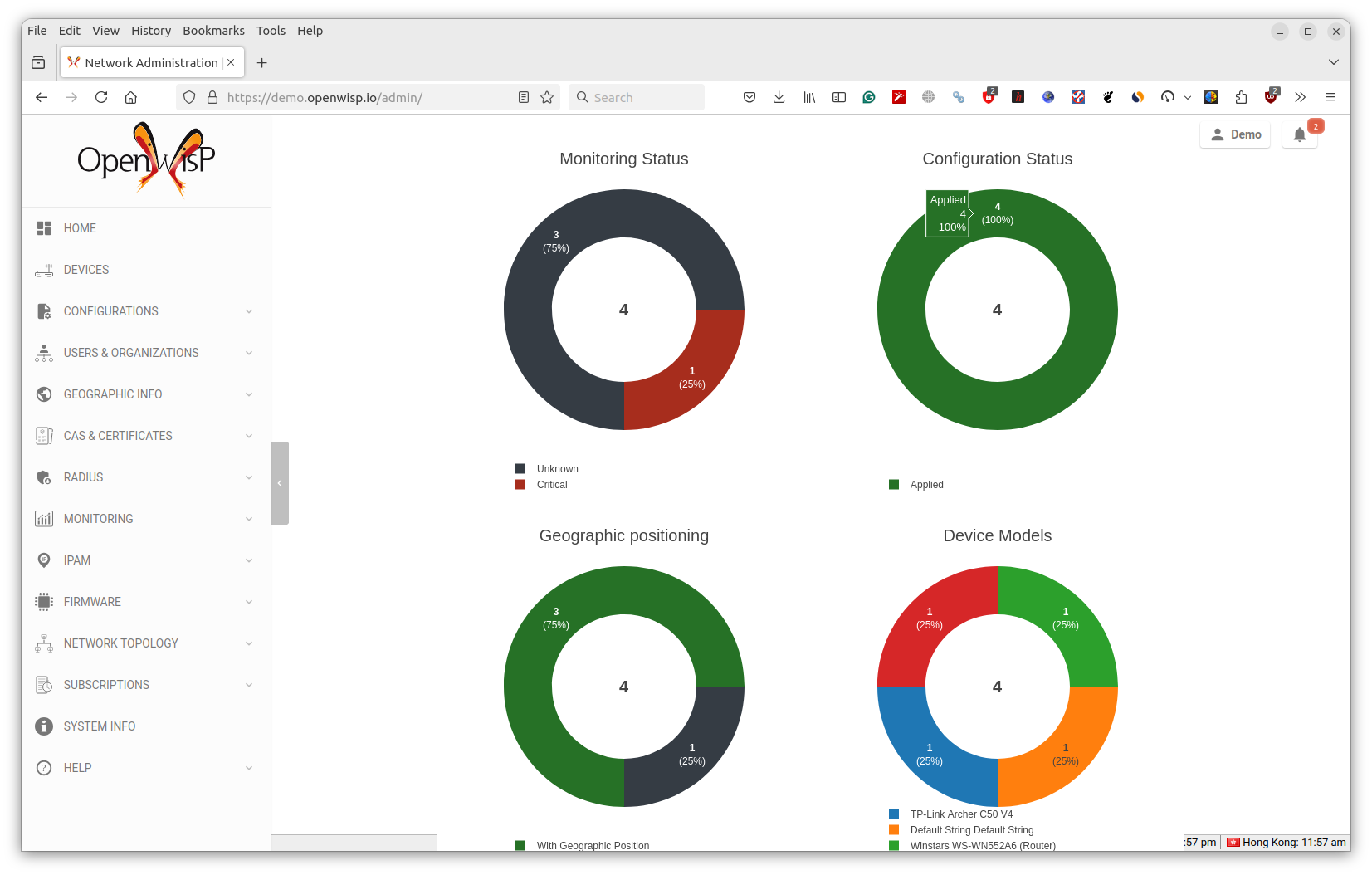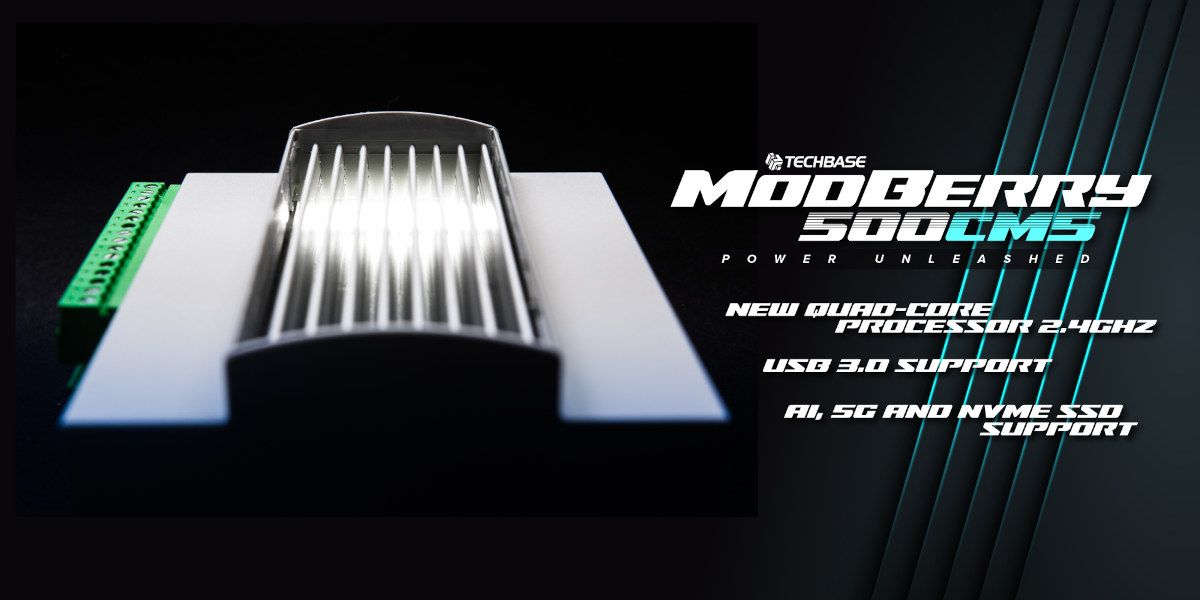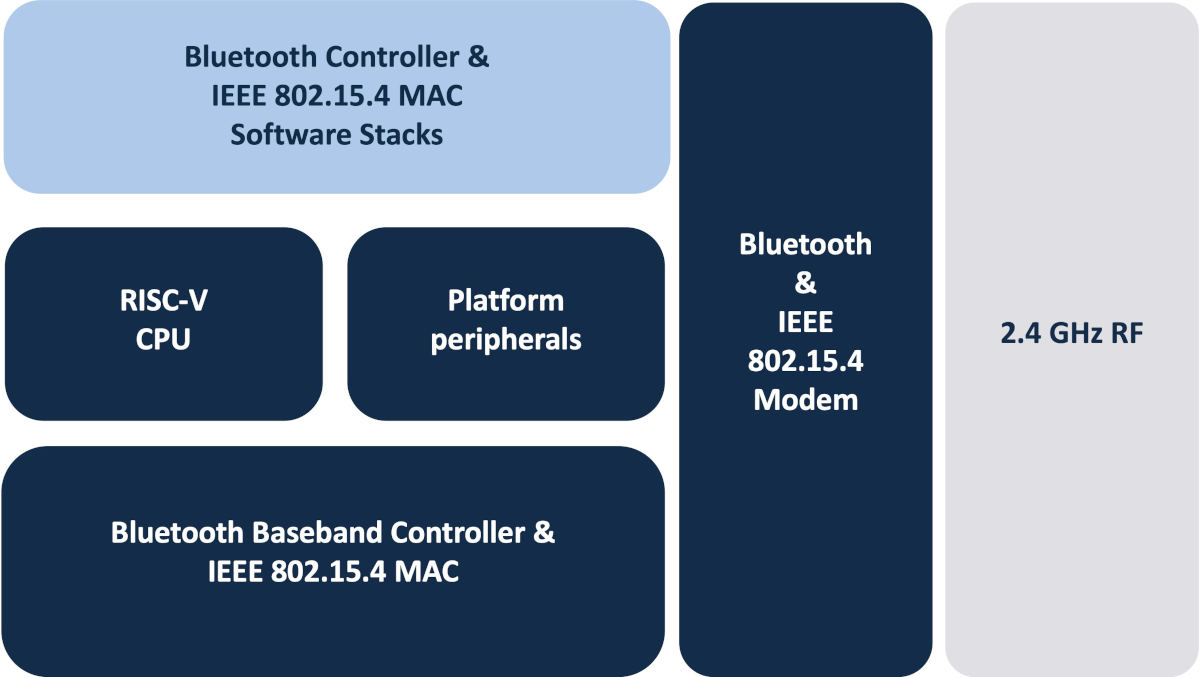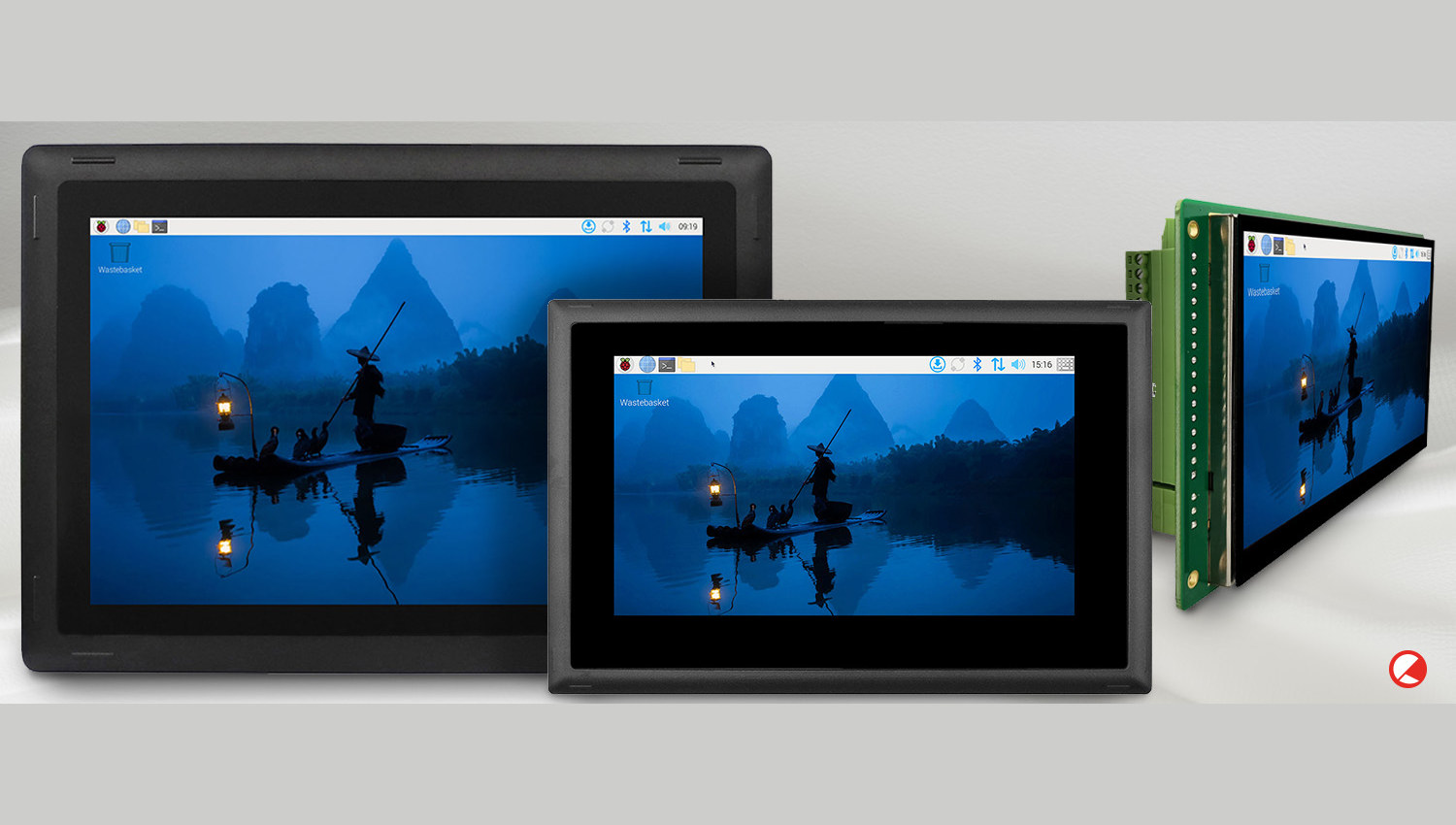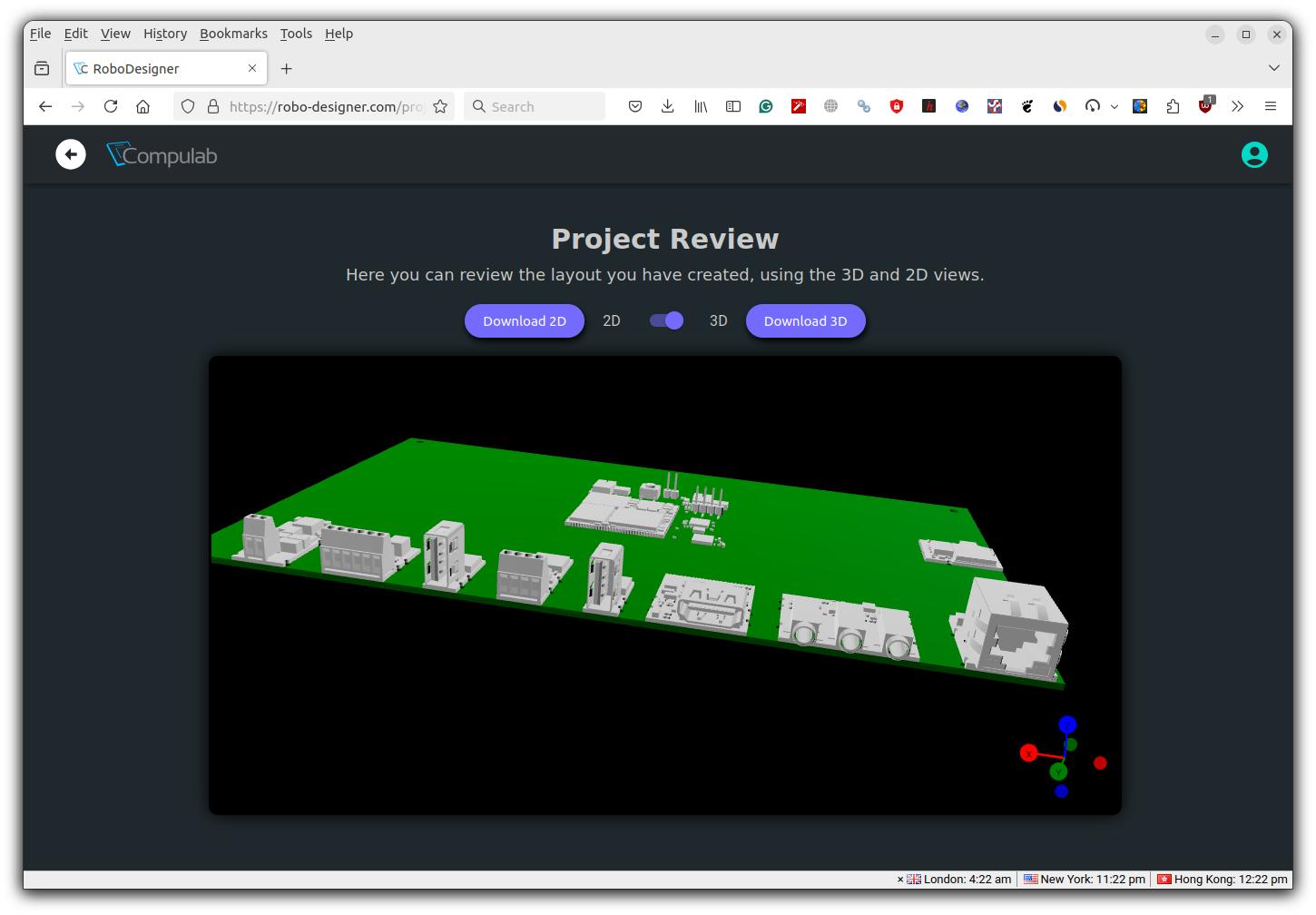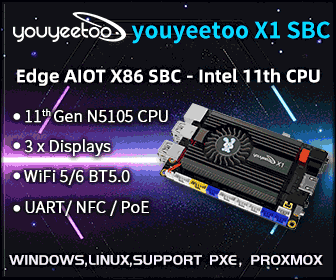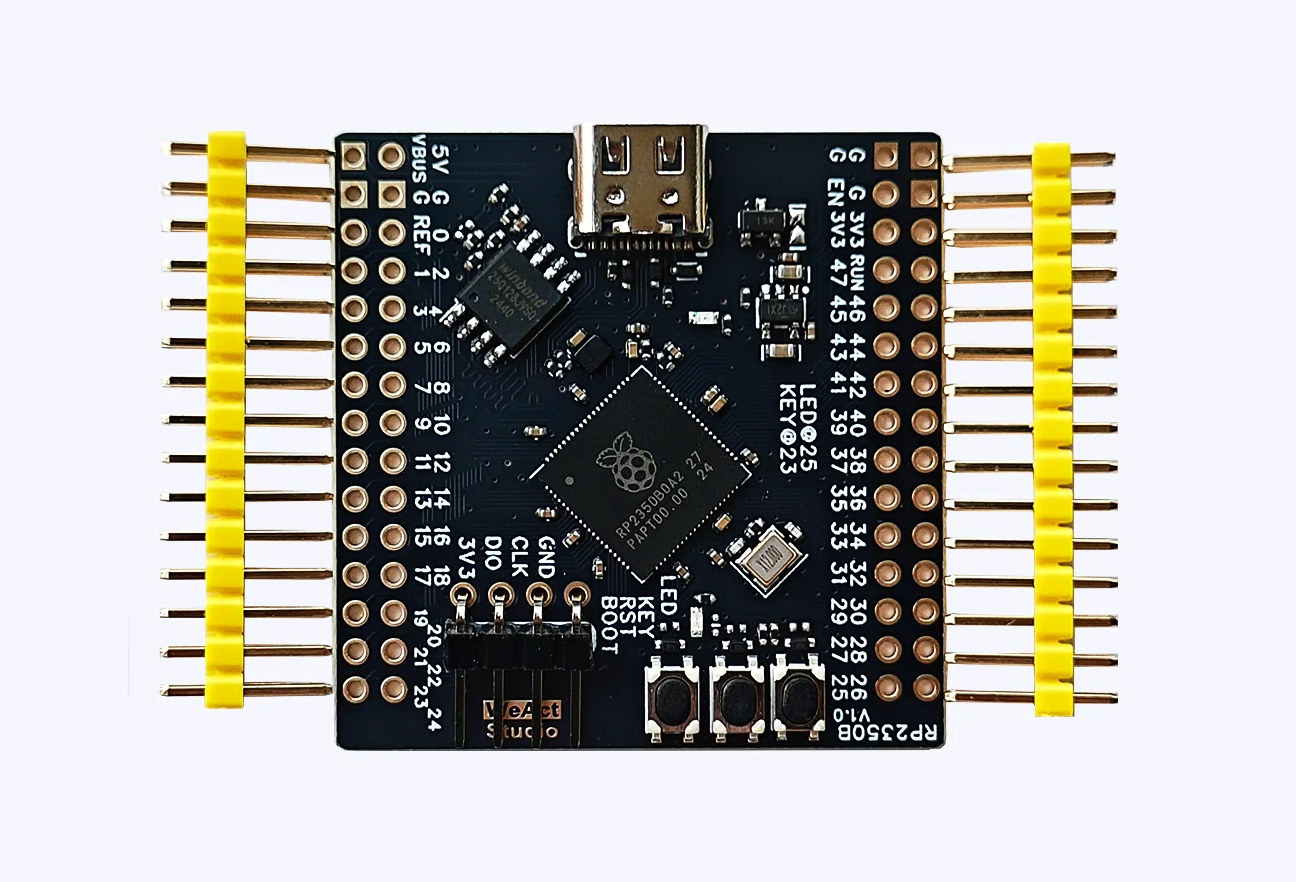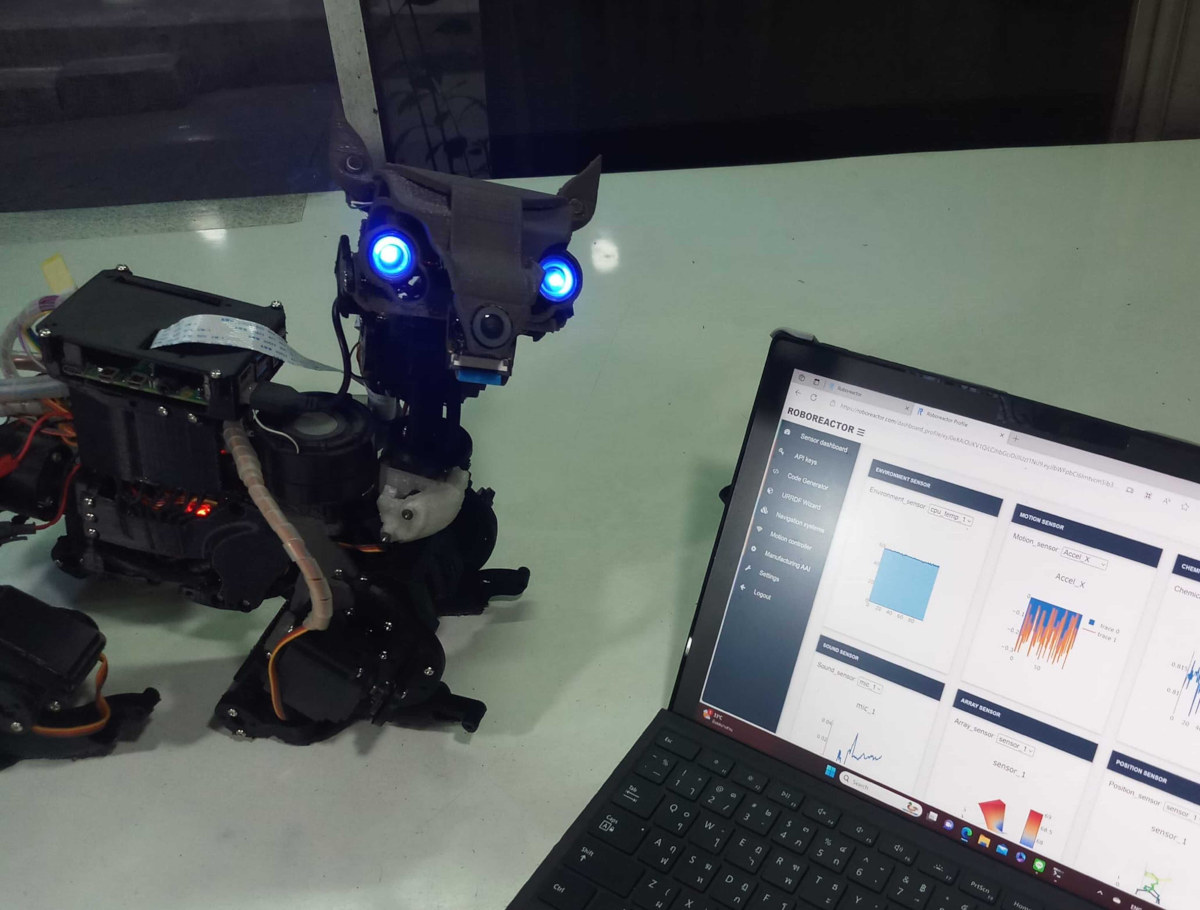iWave Systems iW-RainboW-G54S is a credit card-sized SBC fitted with an OSM Size-S (30x30mm) system-on-module based on STM32MP133 or STM32MP135 Cortex-A7 SoC with up to 1GB RAM, and up to 128GB flash. Interfaces include a Gigabit Ethernet port, a USB Type-A port, an 18-bit RGB LCD display interface, and three 100-pin high-density connectors for additional I/Os. The iW-RainboW-G54S SBC is designed for industrial applications with a temperature range of -40 to +85°C. While it’s fitted with an OSM Size-S module, we’ll also notice the carrier board has a footprint for OSM Size-M (45x30mm) and OSM Size-L (45x45mm) modules indicating it will be used with other OSM modules in the future. iWave Systems iW-RainboW-G54S specifications: System-on-Module – iW-RainboW-G54M SoC (one or the other) STMicro STM32MP133 single-core Cortex-A7 with or without Secure boot + Cryptography; for headless applications STMicro STM32MP135 single-core Cortex-A7 with or without Secure boot + Cryptography; supports LCD-TFT parallel […]
OpenWISP open-source solution facilitates the management of OpenWrt router fleets
Last month, I wrote about the WL-AC1000 AP controller, a hardware-based solution to monitor fleets of routers, and wondered why the company (Wallys) did not provide a software solution instead. It was pointed out to me that software AP controller solutions for OpenWrt routers do exist, but they looked not mature. After a quick search, I found OpenWISP described as an “open-source solution for efficient IT network deployment, monitoring & management” designed for OpenWrt Linux routers. OpenWISP allows organizations with several routers to manage them in a centralized location, get alerts when issues occur, upgrade the firmware of multiple routers with a few clicks, create users with permissions to access specific routers, and so on. OpenWISP Features: Configuration Templates – Manage device settings by defining reusable configuration templates that apply updates system-wide with a single change. Automatic Provisioning – Connect and configure new devices with zero-touch auto registration for rapid […]
ModBerry 500 CM5: A Leap Forward in Industrial IoT Automation (Sponsored)
The ModBerry 500 series from TECHBASE has long been a staple in the industrial IoT automation market, known for its reliability and versatility. The upcoming ModBerry 500 CM5, integrates the powerful Raspberry Pi Compute Module 5 (CM5), bringing significant enhancements and maintaining compatibility with previous versions. Compatibility with Raspberry Pi Compute Module 5 The ModBerry 500 series is fully compatible with the Raspberry Pi Compute Module 5, ensuring seamless integration and enhanced performance. This compatibility allows users to leverage the advanced features of the CM5, including improved processing power and expanded memory options while maintaining the robust and flexible platform that ModBerry users have come to rely on. Advantages of the ModBerry 500 CM5 in IoT Automation The ModBerry 500 series has established itself as a leading solution in the IoT automation market due to its reliability with proven track record in various industrial applications, ensuring consistent performance in harsh […]
Ceva-Waves Links200 IP supports Bluetooth LE High Data Throughput (HDT) up to 7.5 Mbps, 802.15.4 for Zigbee, Thread and Matter
Ceva has recently unveiled the Ceva-Waves Links200 multi-protocol platform IP with support for Bluetooth LE High Data Throughput (HDT) technology up to 7.5 Mbps and IEEE 802.15.4 for Zigbee, Thread, and Matter designed for TSMC’s low-power 12nm process. Released in 2016, Bluetooth 5 upgraded Low Energy implementation with four times the range and twice the speed of Bluetooth 4.0 LE transmission which meant up to 2 Mbps over BLE, and even the latest Bluetooth 6.0 specification does not change that. There’s just a new LE 2M 2BT physical layer for Bluetooth Channel Sounding. So I was intrigued when the press release of the Links200 further read: Addressing the rising market demand for faster, more efficient Bluetooth connectivity, particularly for low-power audio and latency-sensitive IoT applications, the breakthrough High Data Throughput mode more than doubles the speed of traditional Bluetooth, delivering a data rate of up to 7.5 Mbps. For this […]
Chipsee introduces 7-inch and 10.1-inch industrial panel PCs powered by Raspberry Pi CM5
Chipsee has introduced three new panel PCs powered by the Raspberry Pi Compute Module 5 (CM5), namely the EPC-CM5-070, PPC-CM5-070, and PPC-CM5-101, designed for automation, manufacturing, and industrial applications. The EPC-CM5-070 is a compact 7-inch open frame embedded panel PC with armored glass, the PPC-CM5-070 is also a 7-inch panel PC but with VESA/panel mounting and a rugged metal enclosure, and the PPC-CM5-101 features a 10.1-inch touchscreen display and support for an extended temperature range. Chipsee EPC-CM5-070 – A 7-inch open frame panel PC Specifications: SoM – Raspberry Pi CM5 with Broadcom BCM2712 quad-core Cortex-A76 SoC, 4GB or 8GB RAM, 32GB eMMC flash Storage MicroSD card slot M.2 M-Key 2230/2242 (PCIe Gen2 x1) socket for NVMe SSD Display – 7-inch display with 1024×600 resolution, 5-point capacitive touchscreen, 500 NIT brightness Video Output – HDMI port Audio 3.5mm audio out jack Internal 2W Speaker Buzzer Camera – Optional support Networking Gigabit […]
Compulab RoboDesigner – Design and order a custom SBC within one hour from your web browser
Compulab RoboDesigner is a new web-based tool and service that allows you to design and or a custom SBC using one of Compulab’s system-on-module within about one hour instead of going through the more lengthy process of designing a carrier board by yourself. I’ve given it a try, and it’s really easy to use even if you don’t have any engineering skills. It’s very similar to Gumstix Geppetoo introduced in 2013 for Overo SoMs, and now called Upverter with support for a wider range of modules including Raspberry Pi Compute Modules. The first step is to go to https://robo-designer.com/ and click on Select Functions. Right now, the selection of SoMs is rather limited because there’s only one: CMiMX8M C-Lab CORE with an NXP i.MX 8M Mini processor, 2GB of RAM, and a 16GB eMMC flash. You can then select the I/O modules you want from the list with the remaining […]
Tiny WeAct RP2350B Core Board exposes all 48 I/Os from the Raspberry Pi RP2350B microcontroller
WeAct RP2350B Core Board is a small (41.4×41.1mm) USB-C board exposing all 48 I/Os from the Raspberry Pi RP2350B Cortex-M33/RISC-V microcontroller through two 30-pin headers. It offers an alternative to the smaller Solder Party’s RP2350 Stamp XL (44.5 x 25.4 mm) with through and castellated holes and no USB-C port that’s better suited for soldering on a baseboard and to Olimex PICO2-XL and PICO2-XXL open-source hardware boards (50 x 28 mm). WeAct RP2350B Core Board specifications: Microcontroller – Raspberry Pi RP2350B MCU CPU – Dual-core Arm Cortex-M33 processor @ 150MHz Memory – 520KB internal RAM 8KB OTP Storage Package – QFN-80; 10×10 mm Storage 16MB QSPI flash Footprint for a second QSPI FLASH/PSRAM on the bottom side I/Os – All 48x GPIOs broken out via 2x 30-pin headers 2x UART, 2x SPI, 2x I2C 24x PWM 8x ADC 12x PIO state machines HSTX peripheral 5V, 3.3V, VREF, and GND Debugging […]
Roboreactor – A Web-based platform to design Raspberry Pi or Jetson-based robots from electronics to code and 3D files
Roboreactor is a web-based platform enabling engineers to build robotic and automation systems based on Raspberry Pi, NVIDIA Jetson, or other SBCs from a web browser including parts selection, code generation through visual programming, and generating URDF models from Onshape software. You can also create your robot with LLM if you wish. The first step is to create a project with your robot specifications and download and install the Genflow Mini image to your Raspberry Pi or NVIDIA Jetson SBC. Alternatively, you can install Gemini Mini middleware with a script on other SBCs, but we’re told the process takes up to 10 hours… At this point, you should be able to access data from sensors and other peripherals connected to your board, and you can also start working on the Python code using visual programming through the Roboreactor node generator without having to write code or understand low-level algorithms. Another […]


